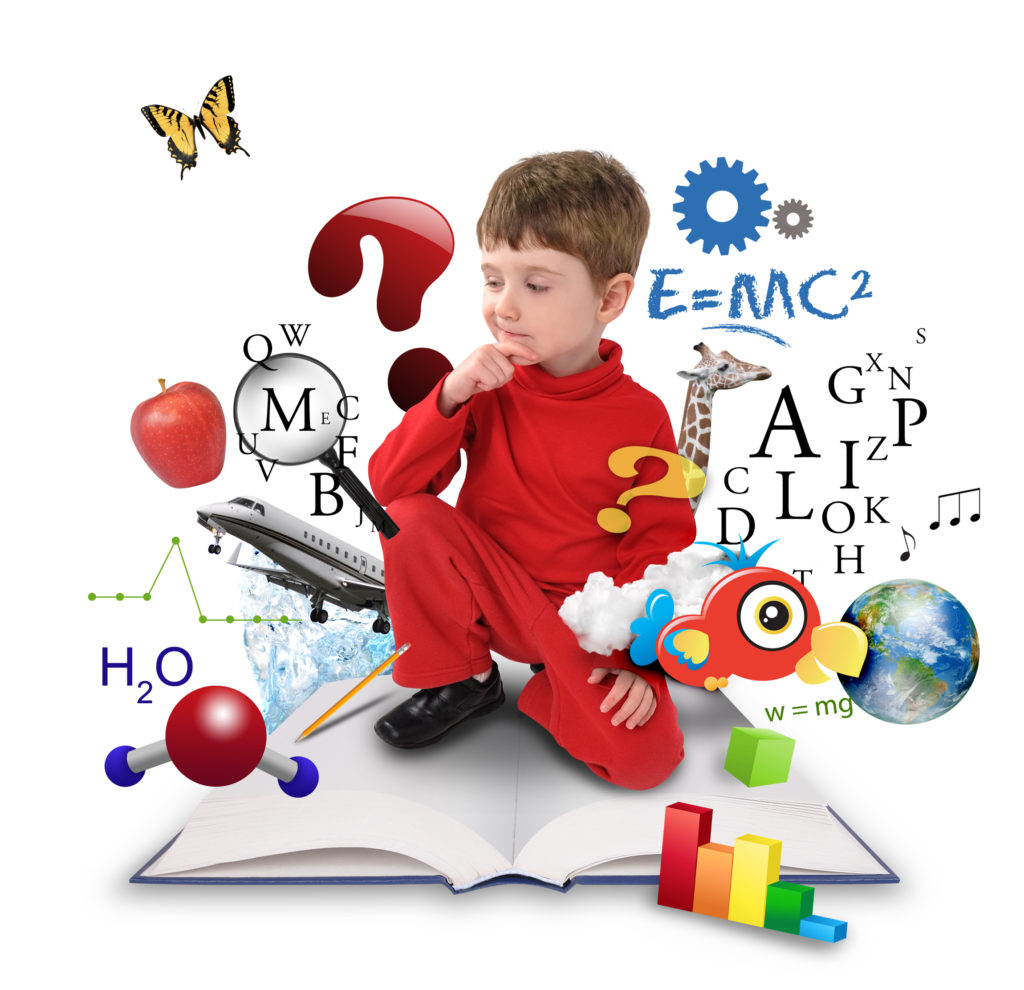Despite a considerable time, technology is still a classy button issue. Some educators and students love and use technology flawlessly every single day, while others hate it and don’t understand why they need to be expected to apply it at all.

Furthermore, complicating any discussion of the role of technology in schools could be the perceived inequality gap between rich and poor school districts. Some schools have endless practical information on new technology (think iPads and 3D printers), while other schools need to use what wealthier schools might disregard as old.
Similarly, supporters of technology say that technology inside the classroom encourages independent learning, teaches real-world life skills (e.g. creating e-mail, online etiquette), inspires creativity, and helps students experiment in disciplines for example science by making use of more using new tools.
However, critics of technology inside the classroom say that it brings about distraction (in particular when students are checking Facebook rather than paying attention), fosters poor studying and research habits (e.g. just searching Google as an alternative to really researching a subject matter using library resources), and may cause problems like cyber bullying or the invasion of privacy.
What’s clear is there are certain trade-offs a part of technology. Educators shouldn’t view technology being a panacea which will magically teach students the way to read as soon as they have accessibility to an iPad. And students shouldn’t view tablets, phones, and 3D printers simply as toys to prevent the actual work of studying.
That’s why the true secret determine any discussion about technology inside the classroom (and from the classroom) could be the teacher. If your US job for India teacher would like to supplement an in-class lessons with internet resources, they must also be certain that a lot of students have equal usage of those resources. Some students may reside in a home with usage of multiple computers and tablets, while others might reside in a home its keep isn’t any usage of fraxel treatments.
The aim of technology is always to make learning quicker and easier for those students. And that often means challenging many assumptions about how students learn best. By way of example, one trend from the U.S. educational strategy is “flipping the classroom,” through which online learning plays a vital role. Unlike the traditional classroom, where lectures happen through the school days and homework gets done through the night, a “flipped classroom” ensures that students help teachers on homework through the school day and after that watch picture lectures through the night.
And there’s another ingredient that has to be taken into account, and that’s the capacity for technology to arrange students for the whole world of the future. That’s the reason why U.S. educators are being attentive to information technology and coding – they’ve even described coding/programming being a new fundamental skill inside the digital economy, right close to literacy. In such cases, of course, it is computer literacy that means something.
Whether it’s online education, iPads, gaming or BYOD, technology will have a vital role down the road continuing development of education. It’s essential for any teacher to be aware of the many issues playing anytime they introduce technology to the lesson plan and also the overall classroom experience.
To learn more about US job for India teacher just go to this useful resource: web link



